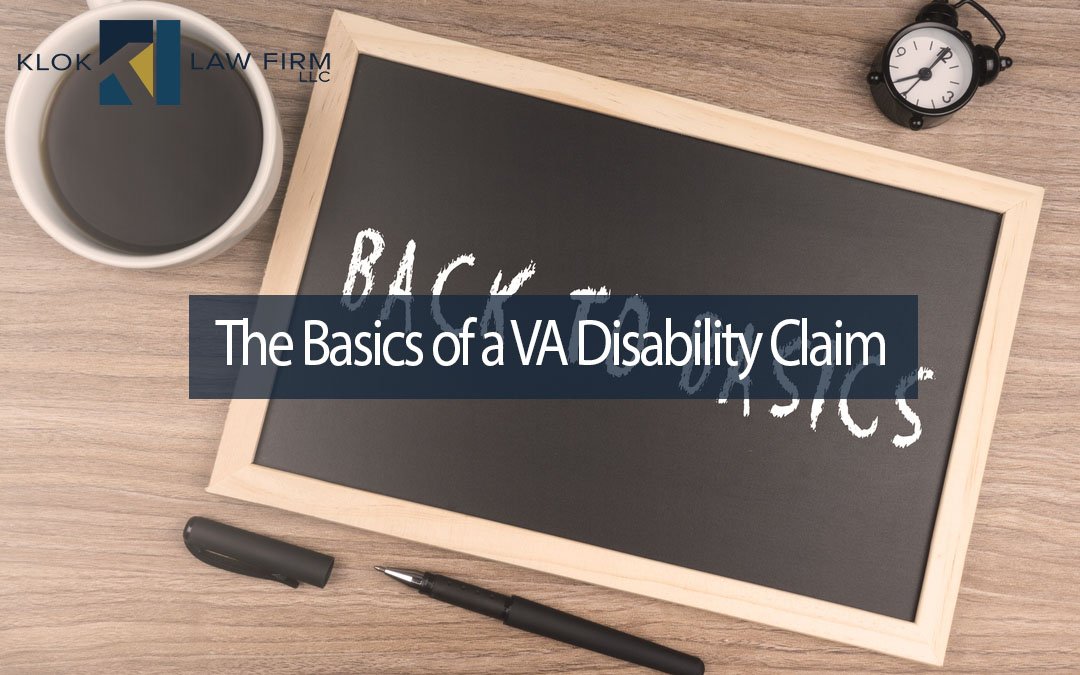According to statistics maintained by the National Center for Veterans Analysis and Statistics, approximately 3.88 million veterans were receiving VA disability compensation during 2013. Veterans who become disabled while serving in the military or as the result of an injury sustained while serving are typically eligible for VA disability benefits. The process can be long, however, and it is possible for a claim to be erroneously denied.
Knowing what to expect helps take the fear and uncertainty out of any process, and the VA disability claim process is no different. Obtaining VA disability benefits begins with determining whether you are eligible for benefits:
- Eligibility: You are likely entitled to VA disability benefits if you:
a. Have completed some military service;
b. Received a discharge other than a dishonorable discharge;
c. Have a current “condition” (injury or illness) connected to your military service; and
d. Have evidence that the injury or illness occurred while you were participating in combat or an “in-service” activity.
- File a claim: Assuming you are eligible, the process begins by filing a VA Form 21-526 with the VA Regional Office for your state. Be sure to follow the instructions and that you are using the most current version of the form.
- Receive a response: After mailing in your VA Form 21-526, the VA will notify you by mail that they have received your application and what evidence they need in order to process your claim. This can include your Service Medical Record or other medical and treatment records. You may also be asked to participate in a medical examination to assess your condition. Your evidence needs to show a connection between your military service and your condition.
- Attend a C&P Examination: You may be asked to participate in a Compensation and Pension Examination to assist the VA in evaluating your claim. These exams are not optional; if asked, you must submit to such an exam. The examiner is not there to treat you but is instead simply ordered to evaluate the extent of your condition.
- Receive Your Initial Decision: Once the Rating Veterans Service Representative (the person responsible for reviewing and issuing an initial decision on your claim) has received sufficient evidence, he or she will decide whether to approve or deny your claim. You will be informed of this decision by mail along with an explanation of what benefits you will be receiving or why the representative denied your claim.
- Appeals: If your claim for benefits is denied, there are several bodies within the VA as well as the federal court system to which you can appeal the denial. At this point, the assistance of an attorney can help make sure that appropriate forms are completed accurately and that all relevant evidence is gathered and presented.
This is a very quick overview of the steps in the process of obtaining VA disability benefits. The process of receiving benefits can be long and complicated, requiring adherence to deadlines and the accurate completion of forms. If you or a loved one have applied for VA disability benefits and have been denied, contact us today at the Klok Law Firm, LLC to discuss appealing the denial of benefits.

